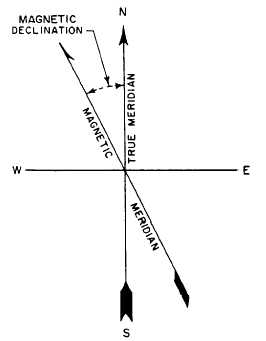Figure 13-6.-Magnetic declination (west).
quadrants. In these quadrants, you add westerly
attraction and subtract easterly attraction to the
compass bearing to get the magnetic bearing.
Determining Magnetic Declination and Dip
The angle between the true meridian and the
magnetic meridian is MAGNETIC DECLINA-
TION. If the north end of the compass needle is
pointing to the east of the true meridian, the
declination is said to be east. If the north end of
the compass needle is pointing to the west of the
true meridian, the declination is said to be west.
(See fig. 13-6.)
The magnetic needle aligns itself with the
earth’s magnetic field and points toward the
earth’s magnetic pole. In horizontal projections,
these lines incline downward toward the north in
the Northern Hemisphere and downward toward
the south in the Southern Hemisphere. Since the
bar takes the position parallel with the lines of
force, it inclines with the horizontal. This
phenomenon is the MAGNETIC DIP.
Converting Magnetic Bearings
to True Bearings
When
for local
you have corrected a compass bearing
attraction, you have a MAGNETIC
BEARING. As explained previously, in most
areas of the earth, a magnetic bearing differs
from a true bearing by the amount of the local
magnetic declination (called magnetic variation
by navigators). The amount and direction of local
declination are shown on maps or charts of the
area in a format similar to the following:
“Magnetic Declination 26°45°W (1968), Annual
Increase 11´. ” This means, if you are working in
1988 (20 years later), the local declination is
To convert a magnetic bearing to a TRUE
BEARING, you apply the declination to the
magnetic bearing in precisely the same way that
you apply local attraction to a compass bearing.
If the declination is east, it is added to
northeast and southwest magnetic bearings, and
it is subtracted from southeast and northwest
magnetic bearings. If the declination is west, it
is added to southeast and northwest magnetic
bearings and subtracted from northeast and
southwest magnetic bearings.
When you have a compass bearing and know
both the local attraction and the local declination,
you can go from compass bearing to true bearing
in a single process by applying the ALGEBRAIC
SUM of local attraction and local declination,
Suppose that local attraction is 6°W and declina-
tion, 15°E. You could correct for local attraction
and convert from magnetic to true in the same
operation by applying a correction of 9°E to the
compass bearing.
Uncorrecting and Unconverting
You correct a compass bearing to a magnetic
bearing by applying the local attraction. You
convert a magnetic bearing to a true bearing by
applying the local declination.
At some time, you may be given a magnetic
bearing and have to figure the corresponding
compass bearing by using both local attraction
and local declination.
The terms used to describe these calculations
are, for the want of any better expressions, UN-
CORRECTING and UNCONVERTING. All YOU
need to remember is that, when you are
uncorrecting or unconverting, you apply local
attraction and local declination in the REVERSE
of the directions in which you apply them if you
were correcting or converting.
13-5

